NACA Airfoil CFD Tutorial, Simulating Ground Effect with ANSYS Fluent
NACA Airfoil CFD Tutorial, Simulating Ground Effect with ANSYS Fluent
- Upon ordering this product, you will be provided with a geometry file, a mesh file, and an in-depth Training Video that offers a step-by-step training on the simulation process.
- For any more inquiries regarding the product, please do not hesitate to reach out to us at info@CFDLAND.com or through our online support assistant.
€95
The phenomenon known as ground effect is a critical area of study in aerodynamics, describing the significant changes in an aircraft’s performance during takeoff and landing. When a wing flies very close to a surface, the airflow between the wing and the ground becomes compressed, creating an air “cushion” that dramatically alters lift and drag forces. Understanding and predicting these changes is essential for pilot training, aircraft design, and even for high-performance motorsports where wings are used to generate downforce. An Airfoil CFD simulation is the most powerful and effective tool for investigating this complex interaction. This tutorial presents a detailed Aerodynamics CFD analysis of a NACA Airfoil CFD model—specifically the symmetrical NACA 0012 profile—operating near the ground, using ANSYS Fluent to visualize the flow and quantify the performance changes.
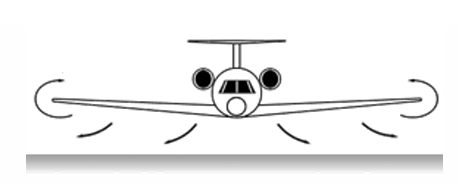
Figure 1: The ground effect phenomenon is most pronounced when aircraft, like the one pictured, fly very close to the ground during takeoff or landing.
Simulation Process: Modeling the Airfoil Fluent Simulation in a Ground Effect Scenario
The foundation of a reliable Airfoil near Ground CFD simulation is a high-quality mesh and accurate physics setup. We modeled the classic NACA 0012 airfoil profile and placed it inside a large computational domain to simulate open air. A crucial element was the unstructured grid which was heavily refined with inflation layers directly on the airfoil surface and on the ground plane. This dense mesh is essential for accurately capturing the thin boundary layers where the most important aerodynamic interactions occur.

Figure 2: The computational domain showing the NACA Airfoil CFD model positioned close to the ground plane.
Post-processing: A CFD Analysis of Ground Effect Aerodynamics
The simulation results provide a clear and detailed story of how the ground plane fundamentally alters the aerodynamic forces on the airfoil. The process begins with the pressure distribution, as shown in Figure 3. The air hitting the leading edge of the airfoil stops, creating a stagnation point of high pressure (red zone, 596.16 Pa). As the flow splits and accelerates over the curved upper surface, the pressure drops dramatically, creating a large region of low pressure (suction peak, blue zone, -761.64 Pa). In free flight, a similar, smaller suction peak would also form on the lower surface. However, the ground plane changes everything. It acts as a physical barrier, constricting the airflow in the narrow gap. This constriction forces the air to accelerate, creating a “ram air” or “cushion” effect, which results in a much higher pressure on the airfoil’s lower surface than would exist in free flight. This increased pressure difference between the low-pressure top and the high-pressure bottom is the direct physical cause for the significant increase in lift force.

Figure 3: Pressure Distribution and Ground Effect Aerodynamic Analysis
This pressure manipulation has a direct and visible effect on the fluid’s velocity, as shown in Figure 4. The velocity field clearly shows the flow accelerating to a maximum speed of 46.76 m/s over the upper surface, corresponding perfectly with the low-pressure zone. More importantly, it confirms the presence of accelerated flow within the gap, validating the pressure cushion effect. Beyond increasing lift, ground effect also reduces a specific type of drag called induced drag. This drag is caused by wingtip vortices that form as high-pressure air from below the wing tries to curl up and around to the low-pressure area on top. The ground plane acts as a physical plate, disrupting and weakening the formation of these vortices. The most significant achievement of this Airfoil Fluent simulation is the clear visualization of this dual benefit: the pressure analysis confirms why lift is increased, while the understanding of the flow dynamics explains why induced drag is reduced. This detailed insight is invaluable for optimizing aircraft performance during the most critical phases of flight.

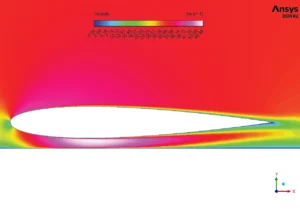
Figure 4: Velocity Distribution Around NACA 0012 Airfoil in Ground Effect
We pride ourselves on presenting unique products at CFDLAND. We stand out for our scientific rigor and validity. Our products are not based on guesswork or theoretical assumptions like many others. Instead, most of our products are validated using experimental or numerical data from valued scientific journals. Even if direct validation isn’t possible, we build our models and assumptions on the latest research, typically using reference articles to approximate reality.
Yes, we’ll be here . If you have trouble loading files, having technical problems, or have any questions about how to use our products, our technical support team is here to help.
You can load geometry and mesh files, as well as case and data files, using any version of ANSYS Fluent.
€180 Original price was: €180.€150Current price is: €150.

€140 Original price was: €140.€85Current price is: €85.

€170 Original price was: €170.€115Current price is: €115.

€380 Original price was: €380.€185Current price is: €185.

€185 Original price was: €185.€135Current price is: €135.


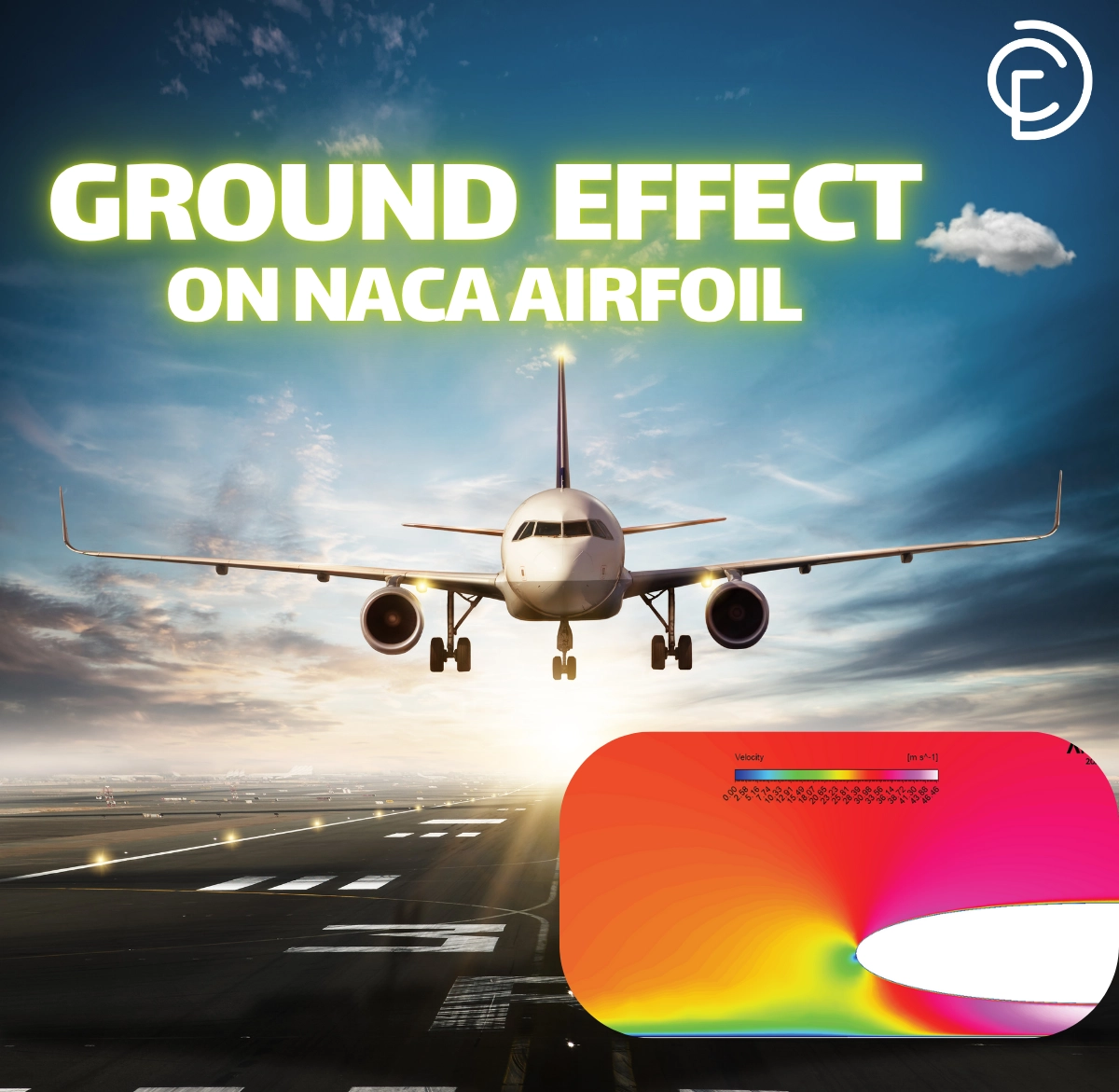

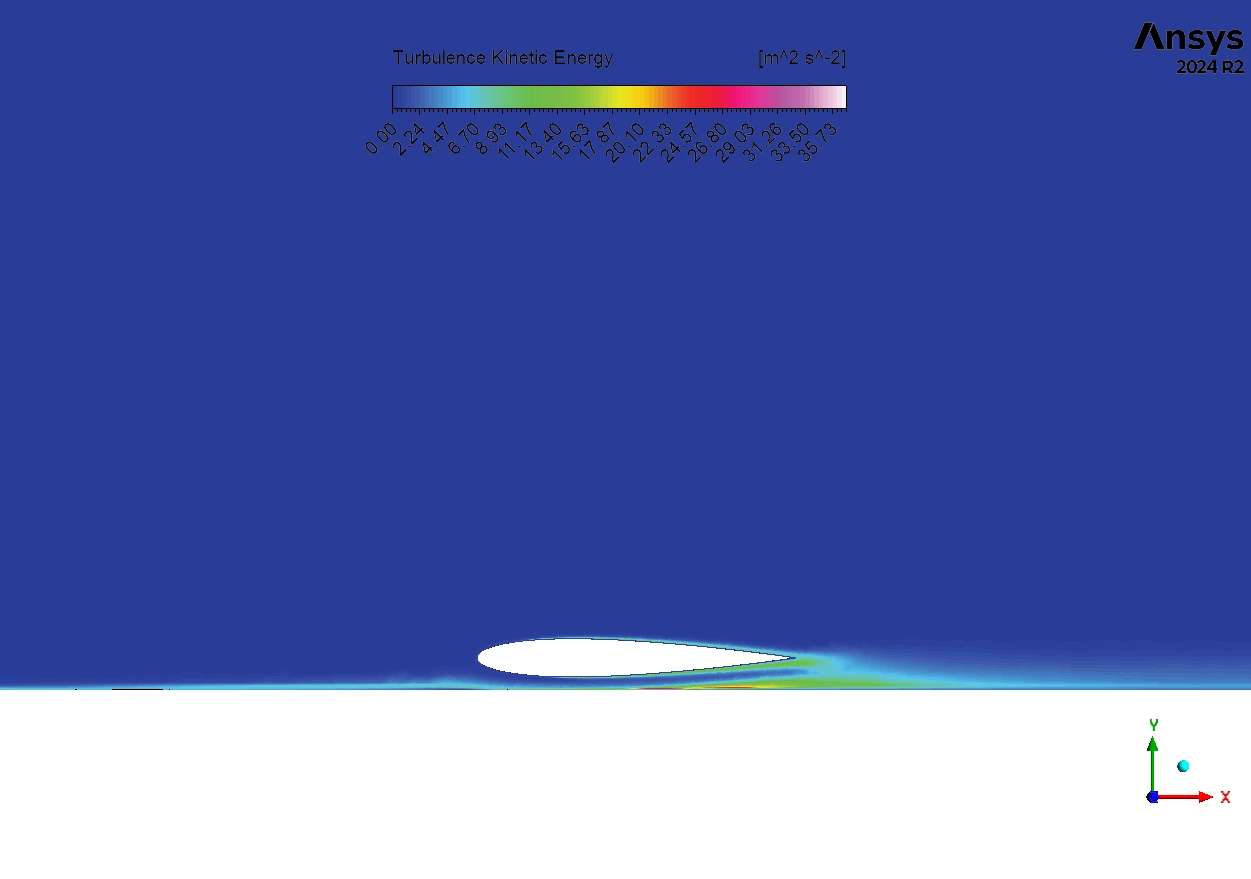
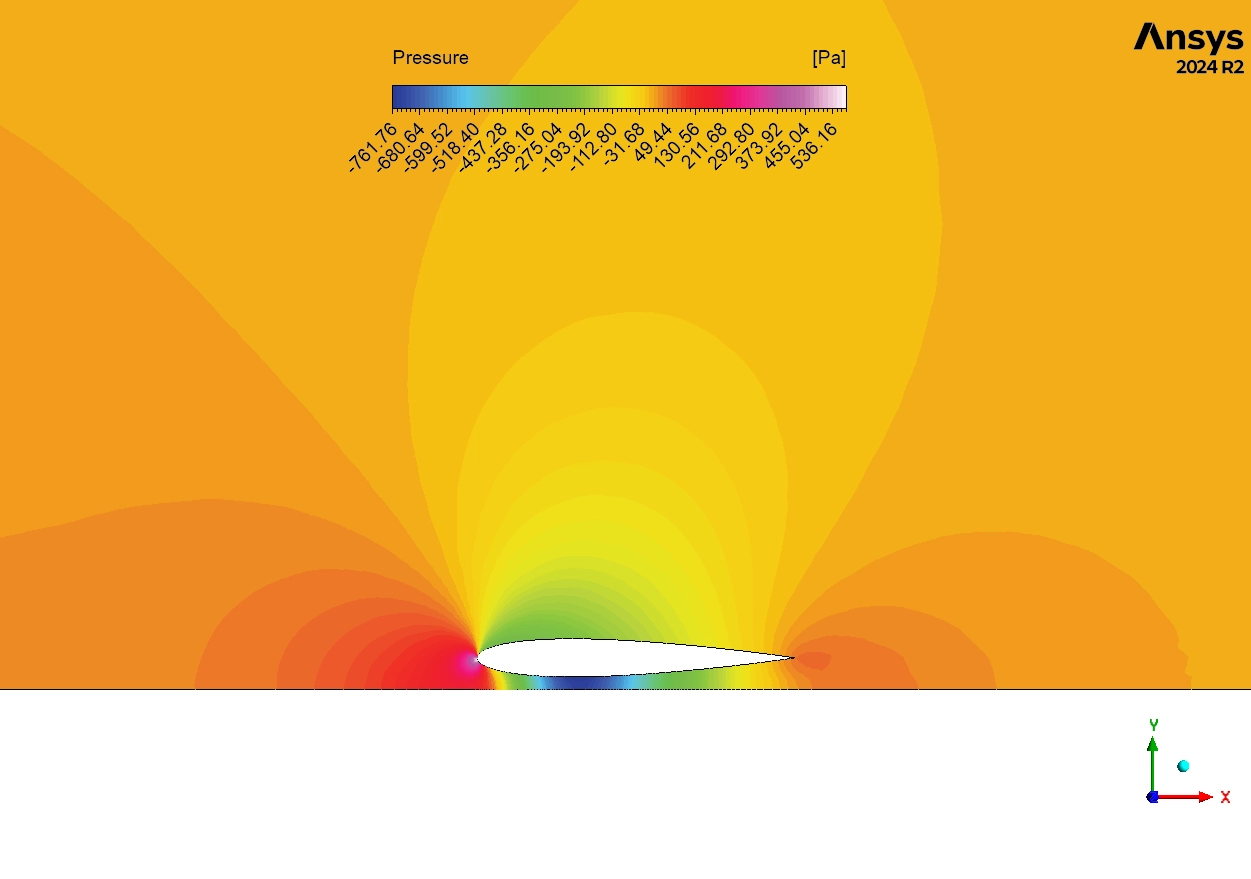

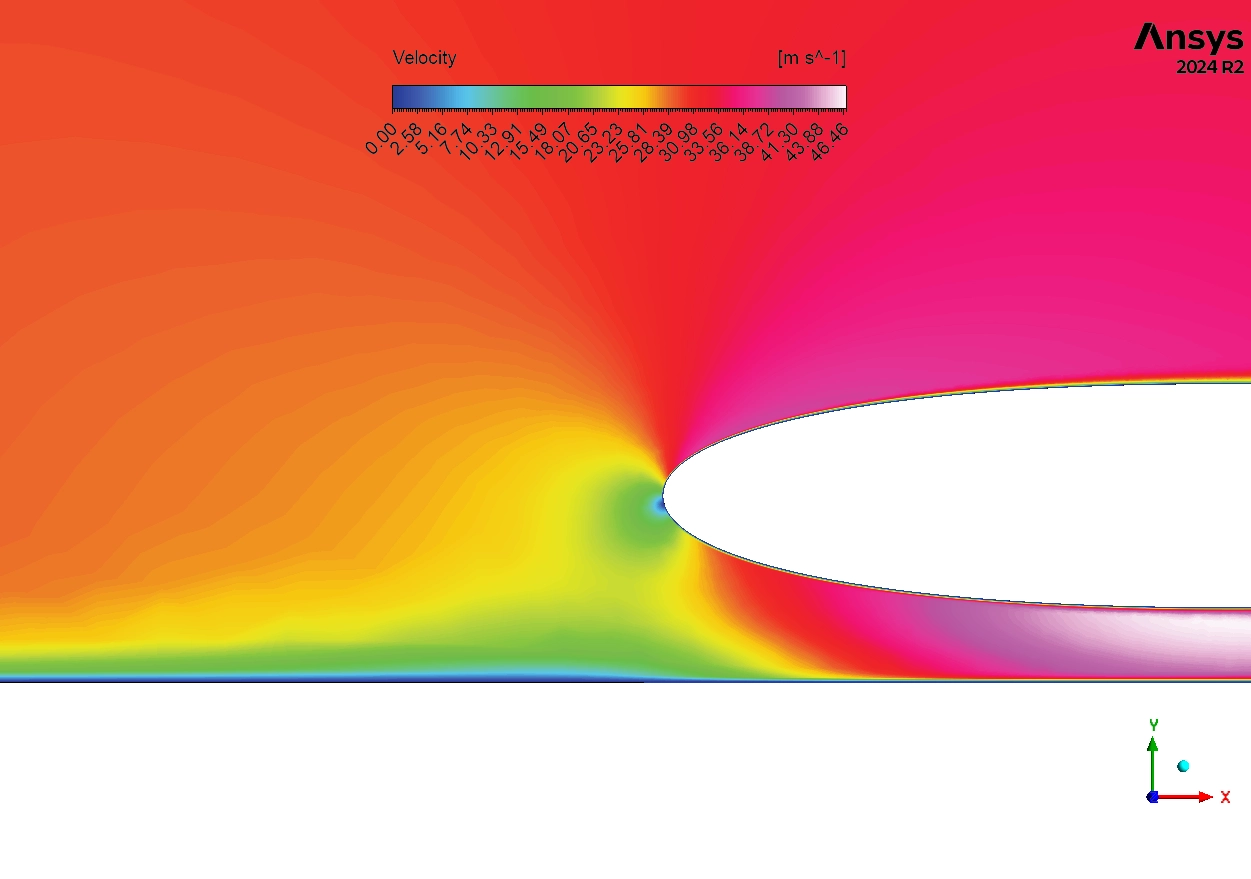





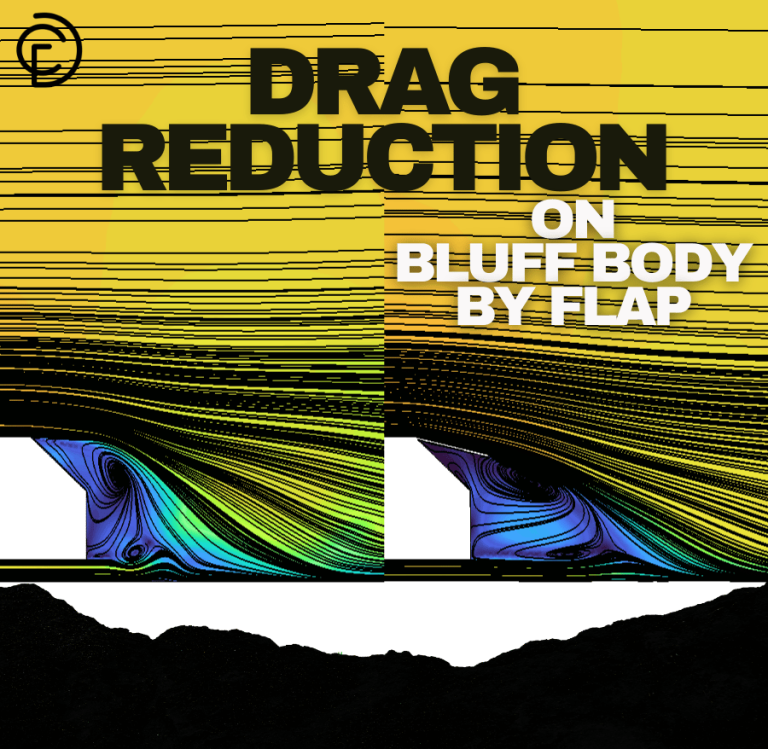
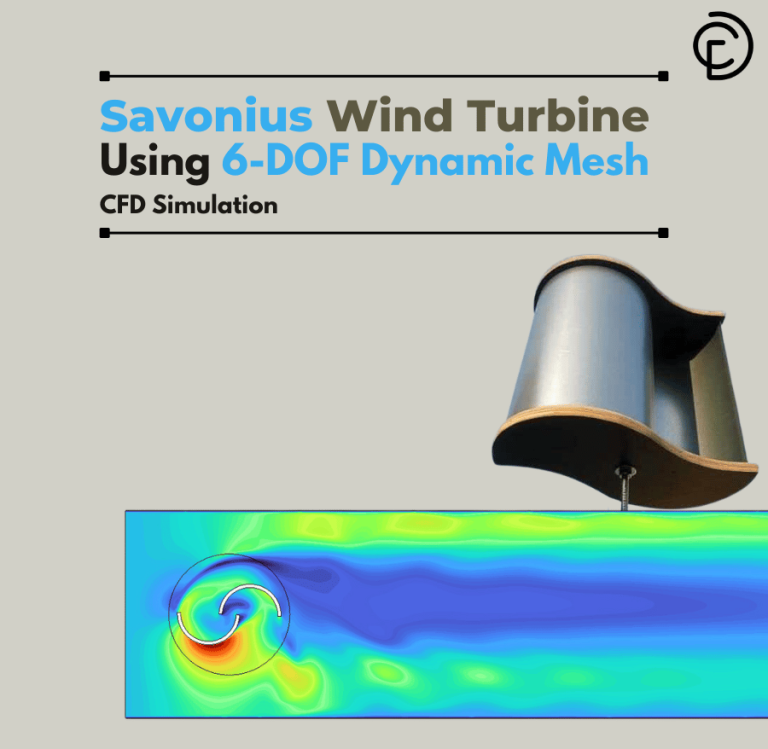
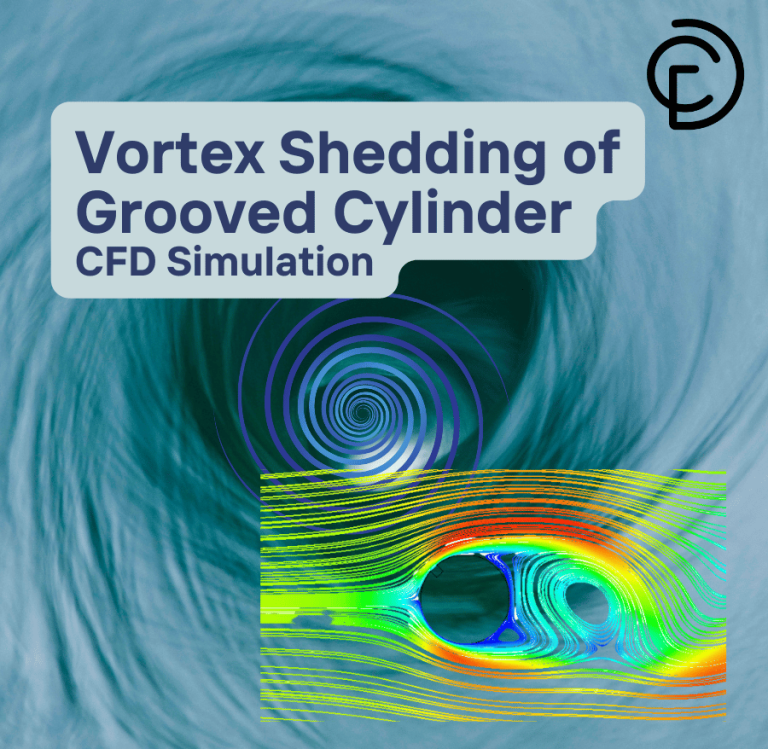
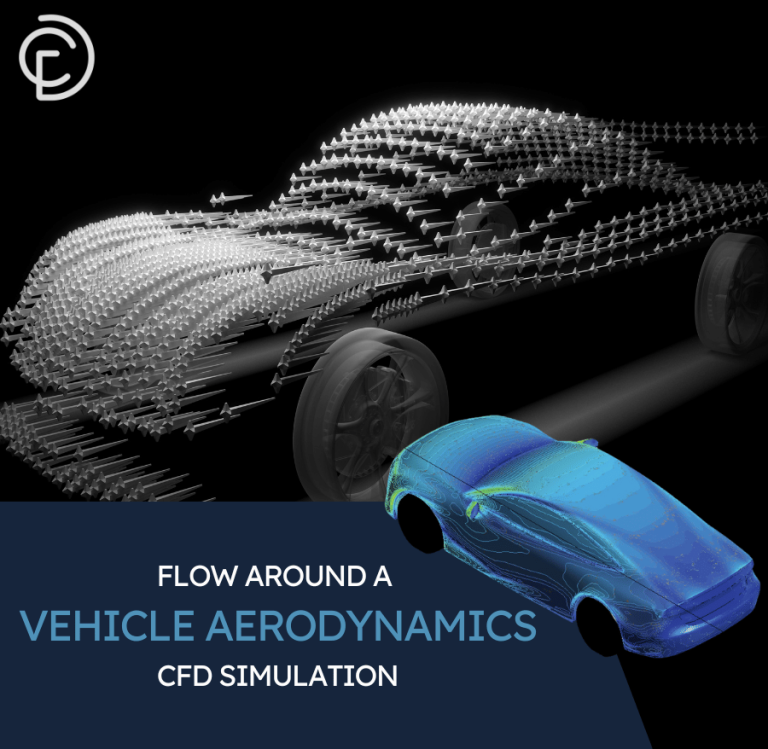
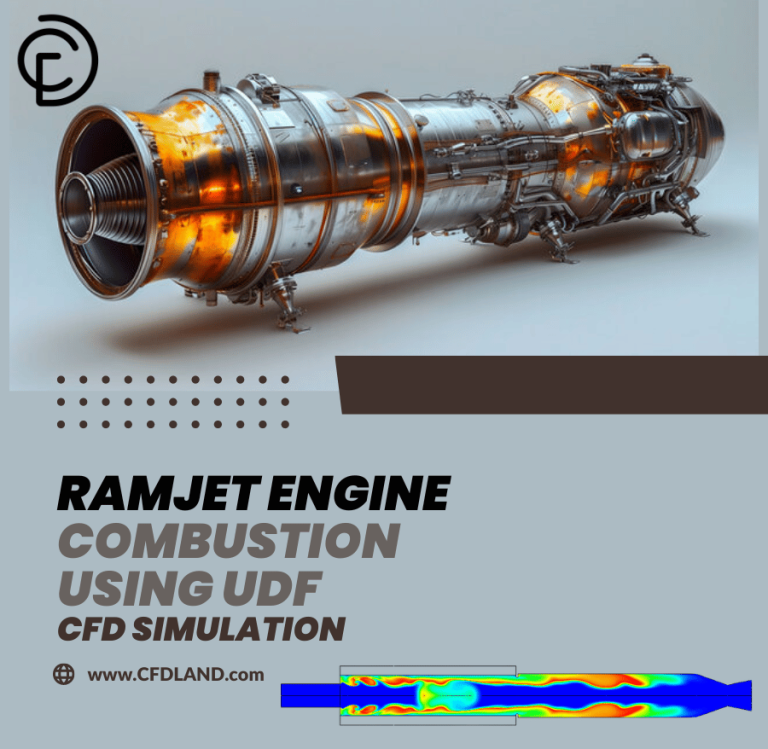
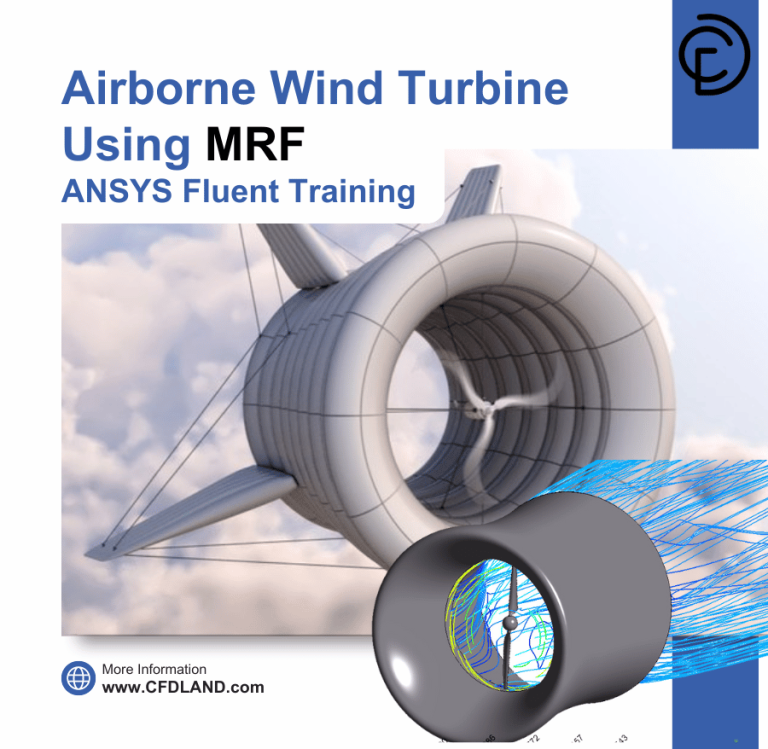
Reviews
There are no reviews yet.